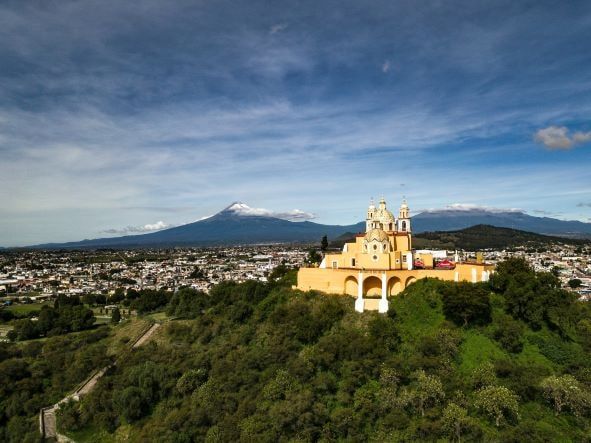Why Puebla in Mexico is the best place to go for culture
Puebla, the capital of the state of the same name, is a city of contrasts. It is both colonial and modern, with remains of pre-Hispanic civilization, making it the finest spot to visit if you want to learn about the culture.





